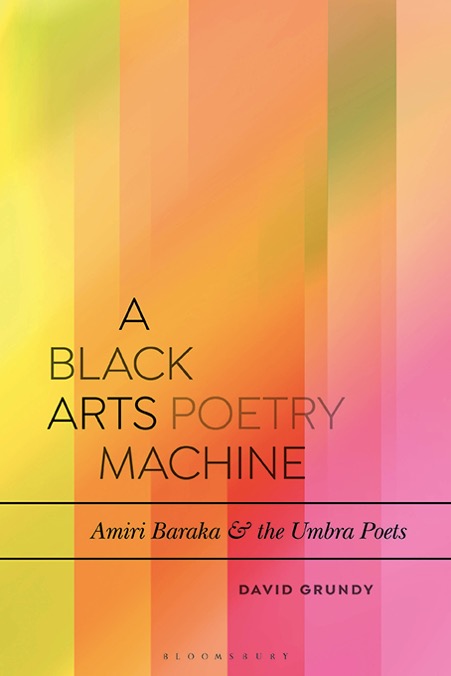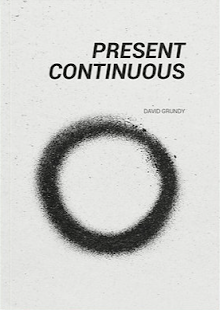
Koboku Senju
Tetuzi Akiyama (acoustic guitar) Eivind Lønning (trumpet) Toshimaru Nakamura (no input mixing board) Espen Reinertsen (tenor saxophone) Martin Taxt (tuba)
Stephen Cornford / Patrick Farmer / Sarah Hughes
Cornford (mixing-board (feedback)) Farmer (turntable, objects) Hughes (chorded zither)
Art Jericho, Oxford, 27/05/2011
As I walked through the door of Art Jericho (a neat little gallery space down a back-street of half-built and shadowed buildings), Patrick Farmer (on turntable and various objects), Sarah Hughes (on chorded zither (i.e. autoharp), played with various modifications and electronic treatments) and Stephen Cornford (on mixing board and objects) were creating an immediately absorbing kind of pindrop-music; indeed, the sound of a pin dropping could very well have formed part of their arsenal, perhaps connected up to some sort of feedback device or scratchily amplified on the turntable. The first ten minutes or so trod a pleasing line of simultaneous tension and stasis; there was a lot going on, in terms of events and changes (particularly from Farmer, who seemed to be playing the role of agitator, suddenly creating loud, harsh jolts of feedback and noise in unexpected places), but, at the same time, much of this took place over a fairly stable drone, provided by Hughes’ bowed zither. Then something happened, and the music moved away from this course (which it could easily have held for half an hour or more); things became more broken up, even theatrical, from delicate quiet sonorities which the half-sitting, half-standing crowd seemed to be craning forward to hear, to Farmer’s aforementioned jolts and outbursts. When Hughes bounced a small red balloon off the strings of the table-top zither, so gently that it seemed to make no perceptible sound, the performative aspect kicked home; though the three musicians were sitting fairly still at their three tables, or work stations, this didn’t feel like a solemn or reverential set-up – instead, they became garden shed scientists, fiddling around with arcane and quasi-magical devices fused from the cutting edge of electricity and the homely detritus of eccentrically-kept junk. Hughes’ strongly diatonic instrument also militated against the harshness of some of the other sounds; her employment of a simple melody (played with such delicacy that her thumb barely seemed to brush the strings) adding a folkish, even ambient touch that was all the more effective for being sparingly employed. Towards the end of the set, Farmer picked up a box and emptied its contents (compost? Chinese take-away? dried leaves?) onto the turntable, all in one motion, the gesture radically changing the sounds coming from his set-up, and providing a nicely serendipitous correlation between physical movement and sonic event. It was typical of the trio’s unforced and easy improvisational method; improvisation as the discovery of the genuinely new, the creation of surprising and pleasing relations and juxtapositions, a sound laboratory.
If Farmer could have been said, broadly speaking, to play the ‘agitator’ during the trio set, then Nakamura filled that role during the start of Koboku Senju’s performance at least, his sharp, fizzing high tones and sudden bursts of scrunching feedback giving the impression that the machine was controlling what sounds were about to come out as much as he himself – though his pose of calm concentration (which might perhaps be mistaken for sleepiness), barely moving anything more than his hands, suggested that such a situation would not have perturbed him in the slightest. It was if he was reading a book or scrutinising a sculpture, looking down at the no-input board and waiting for it to reveal its secrets to him, rather than manipulating it with obvious physical dexterity or virtuosity. Akiyama’s guitar playing was similarly untroubled and relaxed, though more conventional in terms of technique: he began with three capos clamped on the instrument’s neck, gradually removing these as the set went on, playing relatively brief melodic phrases at untroubled, though fairly regular intervals; neither settling into finger-picking nor Bailey-esque improv; later on, rubbing a metal slide over the strings to produce an arco effect. This combination of melody and the textural improv of Nakamura and the three Norwegians (Espen Reinertsen on saxophone, Eivind Lønning on trumpet and Martin Taxt on tuba respectively) was something that perhaps shouldn’t have worked in context. Indeed, what makes Senju stand out as a group is their seemingly rather clunky line-up of three brass/wind instruments, electronics, and acoustic guitar. In the end, though, it was the mesh rather than the abrasiveness of the instrumentation that compelled. Having listened to electro-acoustic improvisation for a number of years now, I thought that the days of not being able to tell which instrument was doing what might be over (that initial shock when one first hears the employment of extended techniques –, that disorienting, blurring effect), but, even seeing the music live (which should make who’s doing what clearer), it was sometimes hard to believe the evidence of one’s own eyes. How is it possible that a trumpet can produce sounds like that merely by tilting the mouthpiece to the side of the mouth? Is it possible that a saxophone can sound so un-jazz-like? Are those high sonorities really coming from the tuba? All this was compelling enough – meshing, merging, and those collective swells (not so much climaxes) out of which emerge a moment of piercing clarity, often provided by Akiyama’s melodies – but what really tipped things was the moment, about half-way through the set, when the three horns suddenly moved from extended techniques to a succession of three-voice jazz melodies. Presumably improvised and unplanned, it was, like Hughes’ zither melody in the first half, a moment of lovely and unforced surprise – and what was more admirable was that Senju didn’t just stop there, as they well could have, but moved back to textural playing (Taxt, at one point, removing part of the tuba’s tubing and clinking it against the body of his instrument; at another, turning the whole thing sideways so that the enormous, gramophone-like bell pointed directly at the audience; Lønning circular-breathing, smoothly but with an edge of roughness, a popping breath sound that came around every few seconds – simultaneously the result of physical necessity and a part of the music). Really, the hush at the end (I say hush, despite the sound of Friday-night parties passing down Walton Street) and the following applause, were more than well-deserved.
[Reviews also up from Lawrence Dunn and Richard Pinnell.]




No comments:
Post a Comment